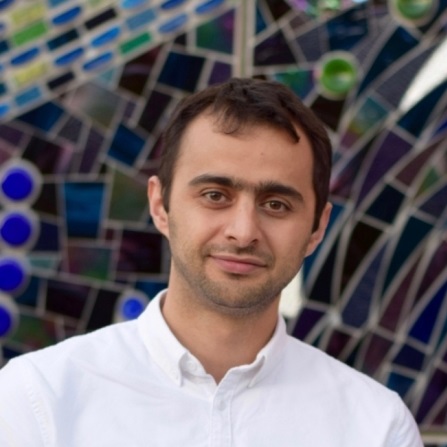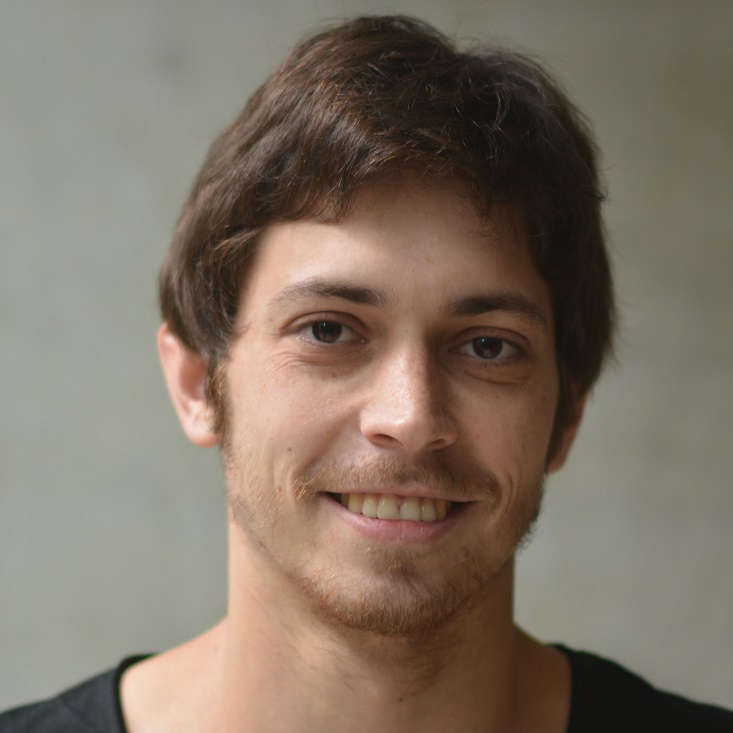Our Story
Ladybug Tools was started by Mostapha in 2012 mainly out of frustration: “I couldn’t stand the repetitive, simplified and disconnected workflows that I had to use on a daily basis as well as the overall lack of knowledge about environmental building design. I wanted educate more people about the principles of environmental building design and that happened to be through Ladybug!”
The first version was released on January 2013 as a Ladybug plugin for Grasshopper. It was a collection of a mere 28 components for weather data visualization, solar radiation studies, and sunlight hours analysis. Following the success of Ladybug, Honeybee for Grasshopper was released in 2014 to connect Grasshopper to validated daylighting and energy simulation engines, such as RADIANCE, Daysim, EnergyPlus and OpenStudio.
Soon after, Chris came on board and helped move Ladybug on to the next phase of its development. While using Ladybug and Honeybee for his thesis at MIT, he added thermal comfort models to Ladybug, which provided a foundation for detailed comfort mapping tools he later added to Honeybee. From this start, Chris then further developed multiple components, becoming one of the lead developers of Ladybug Tools. In 2016, he completed a connection between Honeybee and LBNL THERM / WINDOW and he currently upgrades and maintains Ladybug legacy plugin and Honeybee's connection with OpenStudio.
In 2016, we started re-writing Ladybug Tools to provide them as cross-platform Python libraries and plugins for Grasshopper and Dynamo. After more than a year of work, Mostapha and Theodore released the Butterfly plugin in March 20, 2017. Butterfly adds Computational Fluid Dynamics (CFD) simulation to Ladybug Tools by connecting Grasshopper and Dynamo to OpenFOAM. After the release of Butterfly Mostapha and Sarith released the first version of Honeybee[+] in August 2017.
We are currently in the process of linking Ladybug Tools with more analysis engines such as the Urban Weather Generator, and the SyntheticWeather engine for climate change projections (soon to be released under Dragonfly). With the help from Theo, we are also developing Ladybug Tools for web.
To ensure the long-term sustainability of the project as it grows exponentially, Mostapha and Chris co-founded Ladybug Tools LLC in August 2017 to provide commercial services around the project. These include contracted developments, project consulting, cloud computing, and training. These activities help fund the continued development, maintenance and release of Ladybug Tools and help make it a strongly viable, commercially supported, open source project.
Throughout this time, many developers tirelessly contributed to the community in many ways. As a result of their efforts, Ladybug Tools has grown into multiple inter-connected libraries and plugins that are used in academia as well as architecture and engineering offices worldwide. They allow for a wide range of analyses from climate visualization to computational fluid dynamics and have changed the face of environmental building design through their application to projects. With the development ongoing and the community evergrowing, we are excited about the infinite possibilities that lie ahead in the future!



















